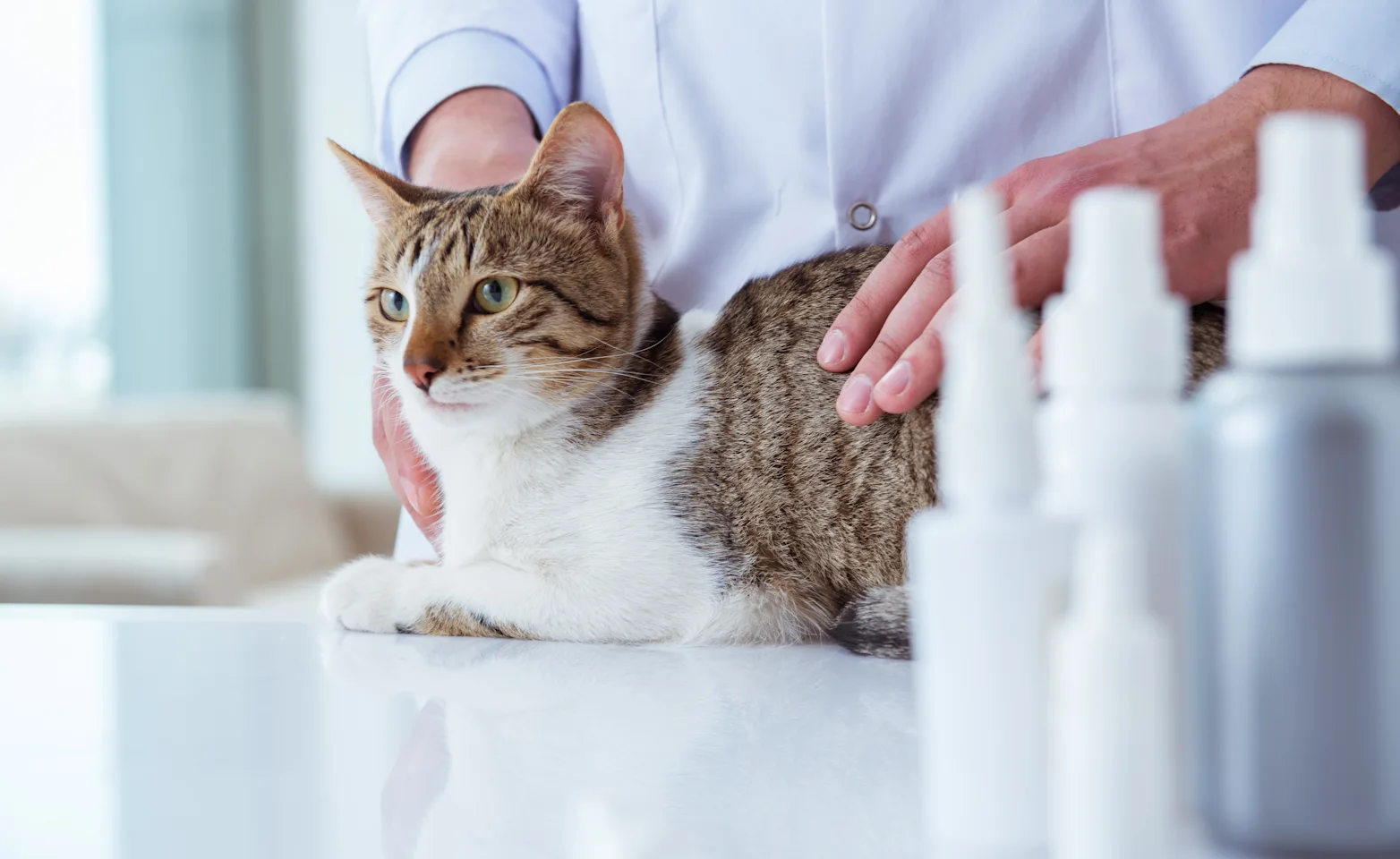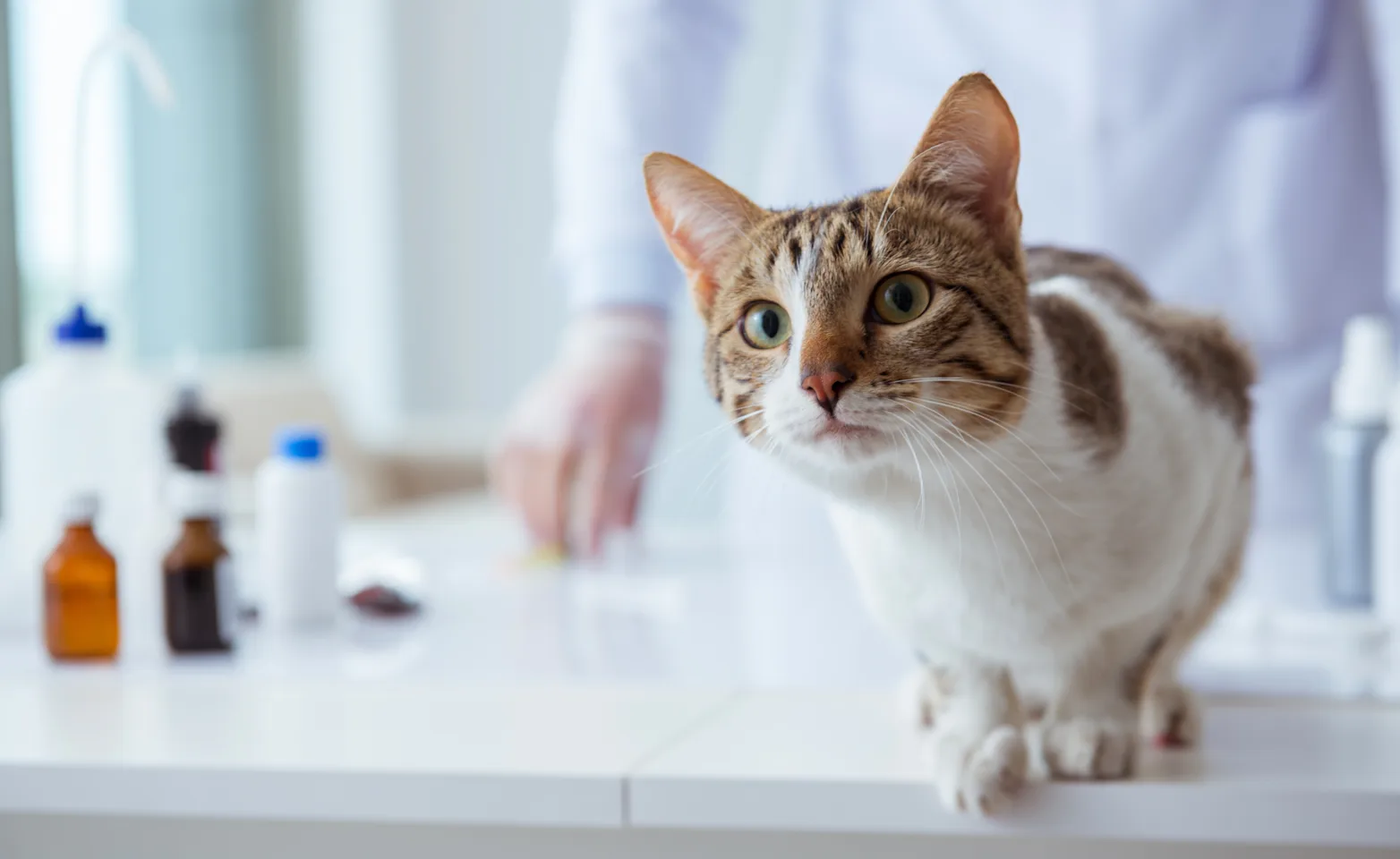Memorial Road Pet Hospital

Introducing Your Cat

Location, location, location
Most people are inclined to place the litter box in an out-of-the-way spot to minimize odor and prevent cat litter from being tracked throughout the house. But if the litter box ends up in the basement - next to an appliance or on a cold cement floor - your cat may be less than pleased for a number of reasons.
A kitten or an older cat may not be able to get down a long flight of stairs in time to get to the litter box. If the litter box is located in an area that he or she seldom frequents, they may not even remember where it is, especially during the first few weeks he or she is welcomed in to your home. If a furnace, washing machine, or dryer suddenly comes on and startles your cat while using the litter box, that may be the last time the cat risks such a frightening experience. And if your cat likes to scratch the surface surrounding the litter box (which some cats do), she may find a cold cement floor unappealing.
So you may have to compromise. The litter box should be kept in a spot that affords your cat some privacy yet is also conveniently located. If you place the litter box in a closet or a bathroom, be sure the door is wedged open from both sides to prevent the cat from being trapped inside or locked out. Depending on the location, you might consider cutting a hole in the closet door and adding a pet door.

Pick of the Litter
Research has shown that most cats prefer fine-grained litters, presumably because they have a softer feel. The new scoop-able (clumping) litters usually have finer grains than the typical clay litter and are very popular. But high quality, dust-free, clay litters are relatively small-grained and may be perfectly acceptable to your cat.
If you suspect your cat has spent part of his or her life outdoors and is likely to eliminate in your houseplants, try mixing some potting soil with your regular litter; pellet-type litters or those made from citrus peels are not recommended. Once you find litter your cat likes, stick with it. Buying the least expensive litter or the brand that’s on sale any given week could result in your cat not using the litter box.
Many cats are put off by the odor of scented or deodorant litters. For the same reason, it’s not a good idea to place a room deodorizer or air freshener near the litter box. A thin layer of baking soda placed on the bottom of the box will help absorb odors without repelling your cat, and odors shouldn’t really be a problem if you keep the litter box clean. If you find the litter box offensive, your cat probably finds that it even more offensive and won’t want to eliminate there.
